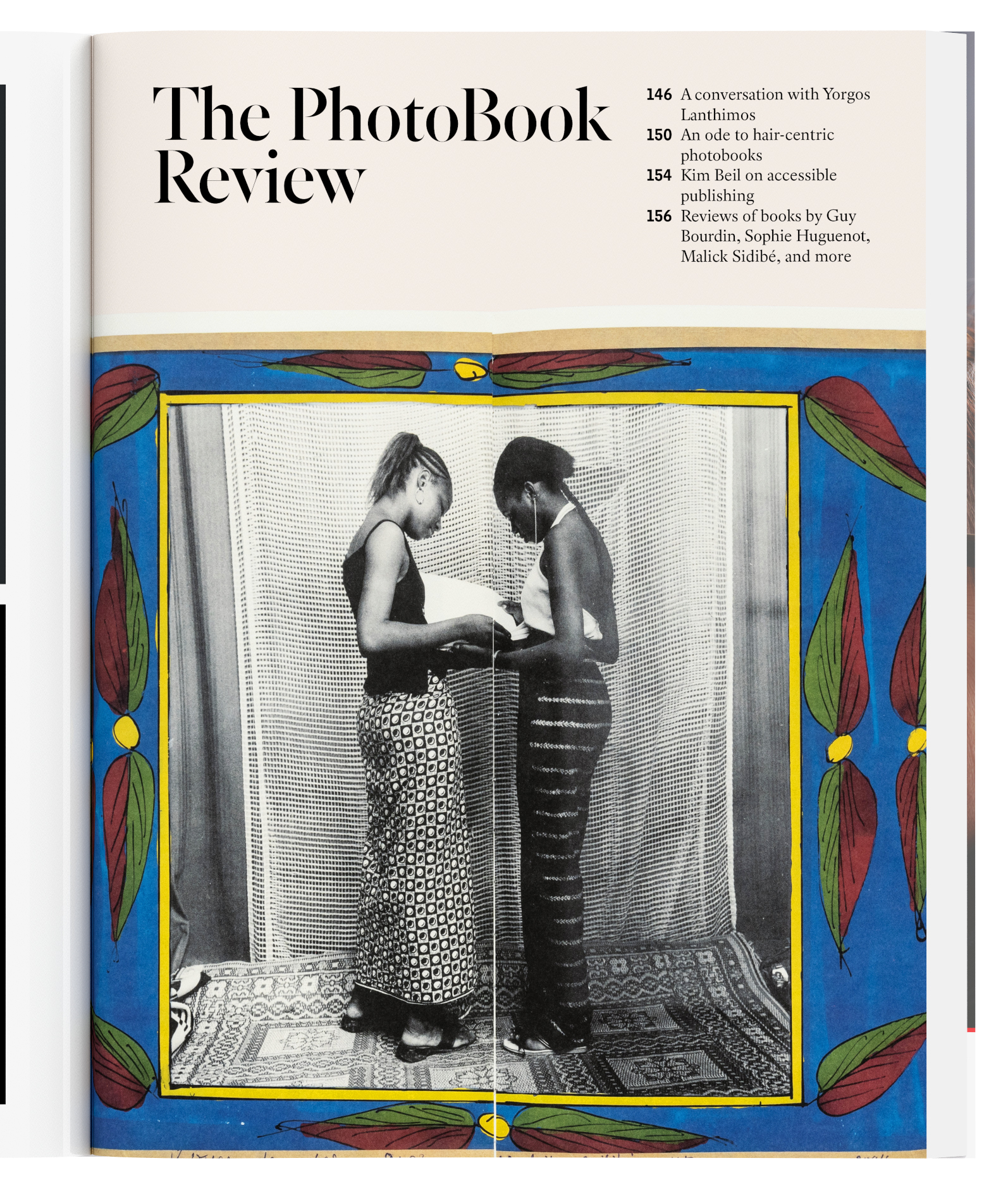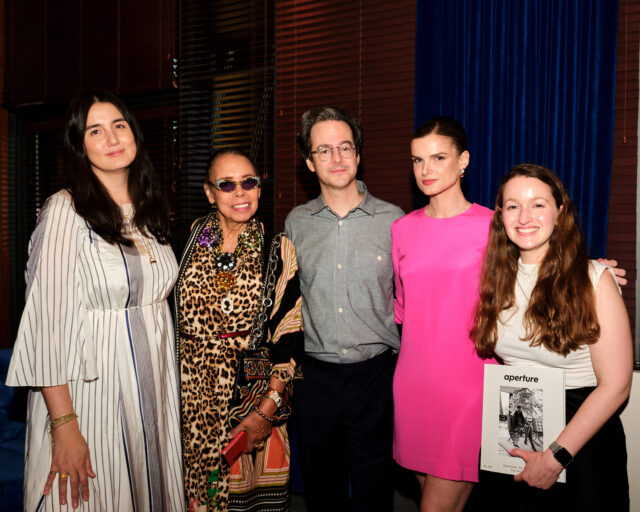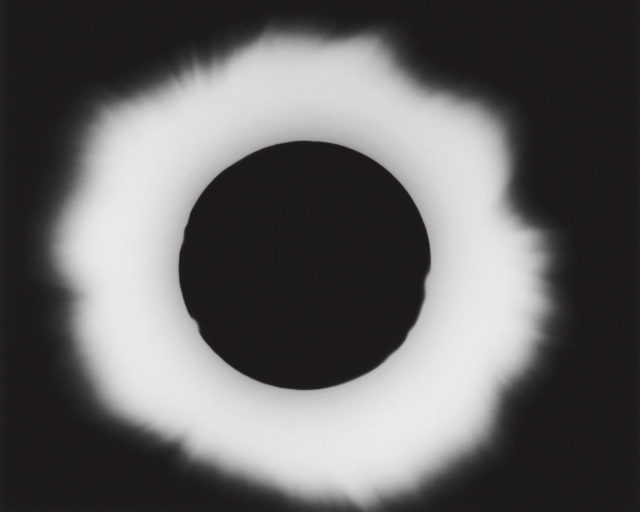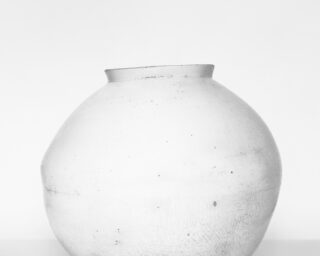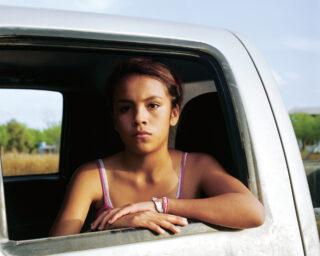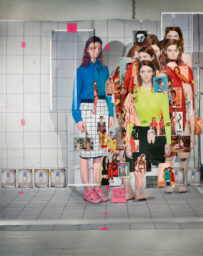Torbjørn Rødland: Inducing Wonder
Exploring the symbolism of cultural mythologies and human nature, Torbjørn Rødland is a modern-day surrealist. Ahead of his artist talk at the Aperture Gallery and Bookstore on February 16, 2016, here’s a preview of the Norwegian photographer’s recent work.
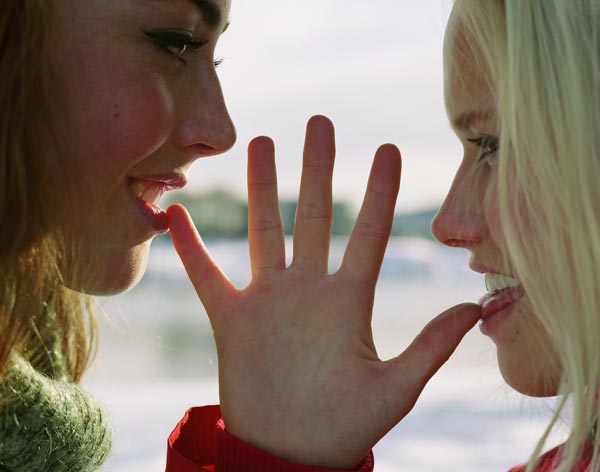
Torbjørn Rødland, Last Blue Yodel, 2010–14
“Who poured the paint?” I asked Torbjørn Rødland recently over Skype, referring to Pump (2008–10). “I did,” he replied, adding, “I cannot delegate important tasks like these.” The Los Angeles–based Norwegian artist’s answer, an assertion of control over a situation governed by chance, hints at the tension that characterizes many of his photographs. It is similar to the tension of live performance, in which a structure or script comes to life through people who bring to it their interpretive prejudices and their frailties—and who can’t always control environmental factors. At another moment in our conversation, Rødland elaborates, “I’ve learned to trust that what I’m handed is better than what I could possibly plan for. This is, of course, after having planned certain things, or initiated a situation, or set a stage for invited performers.”
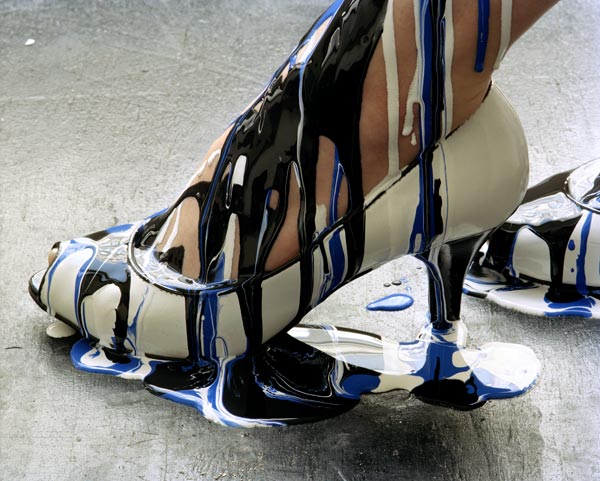
Torbjørn Rødland, Pump, 2008–10
Rødland’s stage sets are often nondescript—a domestic interior, a clearing in the forest, a blank studio wall—and thus allow viewers to concentrate on the action occurring within them. A young woman in a leotard and saddle shoes lies prone on a kitchen countertop, contorting her body as she holds her feet near her ears. Another wears high-top sneakers on her hands, which rest on the ground in a pose that gives her the appearance of an animal standing upright, delicately and awkwardly, for the first time. A colorful heap of marker strokes, made by an unknown hand, cover a preteen boy whose arm is in a cast. These events are so unusual they seem to occur solely for the camera’s gaze; their absurd specificity removes them from the flow of everyday life. Put another way, his photographs are not “decisive moments” but dispatches from another realm, one that exists in parallel to our world. That sense of separateness is heightened by how absorbed Rødland’s subjects are in their inscrutable rituals. They rarely gaze directly into the lens, and therefore seem unwilling or unable to acknowledge us.

Torbjørn Rødland, Golden Lager, 2007
The artist’s midcareer survey, presented earlier this year at the Henie Onstad Kunstsenter in Oslo, outlined significant changes in his art over the last twenty years. He no longer appears in his own pictures, as he did during the mid-1990s. He collaborates with friends, colleagues, and acquaintances. Now he often photographs two or more people, rather than individuals. He no longer works in series. These developments, though seemingly small, tangibly affected his photographic process. “It made me more productive,” he says. By choosing not to place his pictures into predetermined categories, Rødland is free to create whatever “tragically vague inner image” comes to his mind. At any given moment he has dozens of completed photographs waiting for an appropriate context in which to be published or exhibited. (A date like 2011–15 indicates the gap between when the negative was exposed and when the first print was made.) When a batch of Rødland’s photographs is gathered together, then, the connections among them are suggestive, aleatory, wonder inducing.

Torbjørn Rødland, Goldene Tränen, 2002. All images courtesy the artist and STANDARD (OSLO), Oslo; Air de Paris, Paris; Algus Greenspan, New York; and Nils Stærk, Copenhagen
In our conversation, Rødland used the word weak in several contexts: “There’s no need to do a weaker version of something one has already made.” The language suggests art making as athleticism, and successful pictures as mastery over countervailing forces. Perhaps the greatest forces to overcome are social and pictorial conventions: genre clichés and good manners. When I asked if the camera gives him license to do—and reveal—things that would otherwise seem unacceptably strange, his response neatly summarized the disquieting appeal of his photographs. “Having to convince strangers to give physical shape to ‘unacceptable’ situations is harder than just moving a pencil. But there’s also an enormous reward.”
This article was originally published in Aperture issue 221, Winter 2015, available for purchase or in the Aperture Digital Archive.

